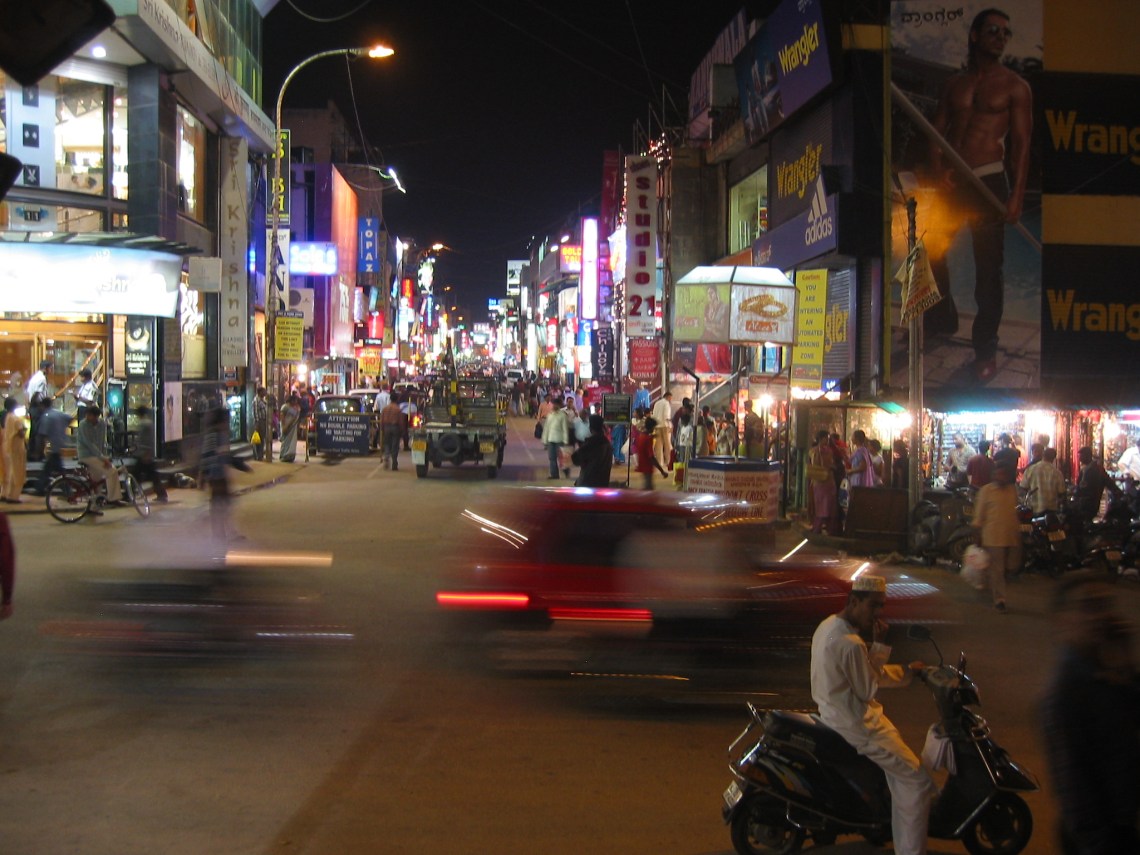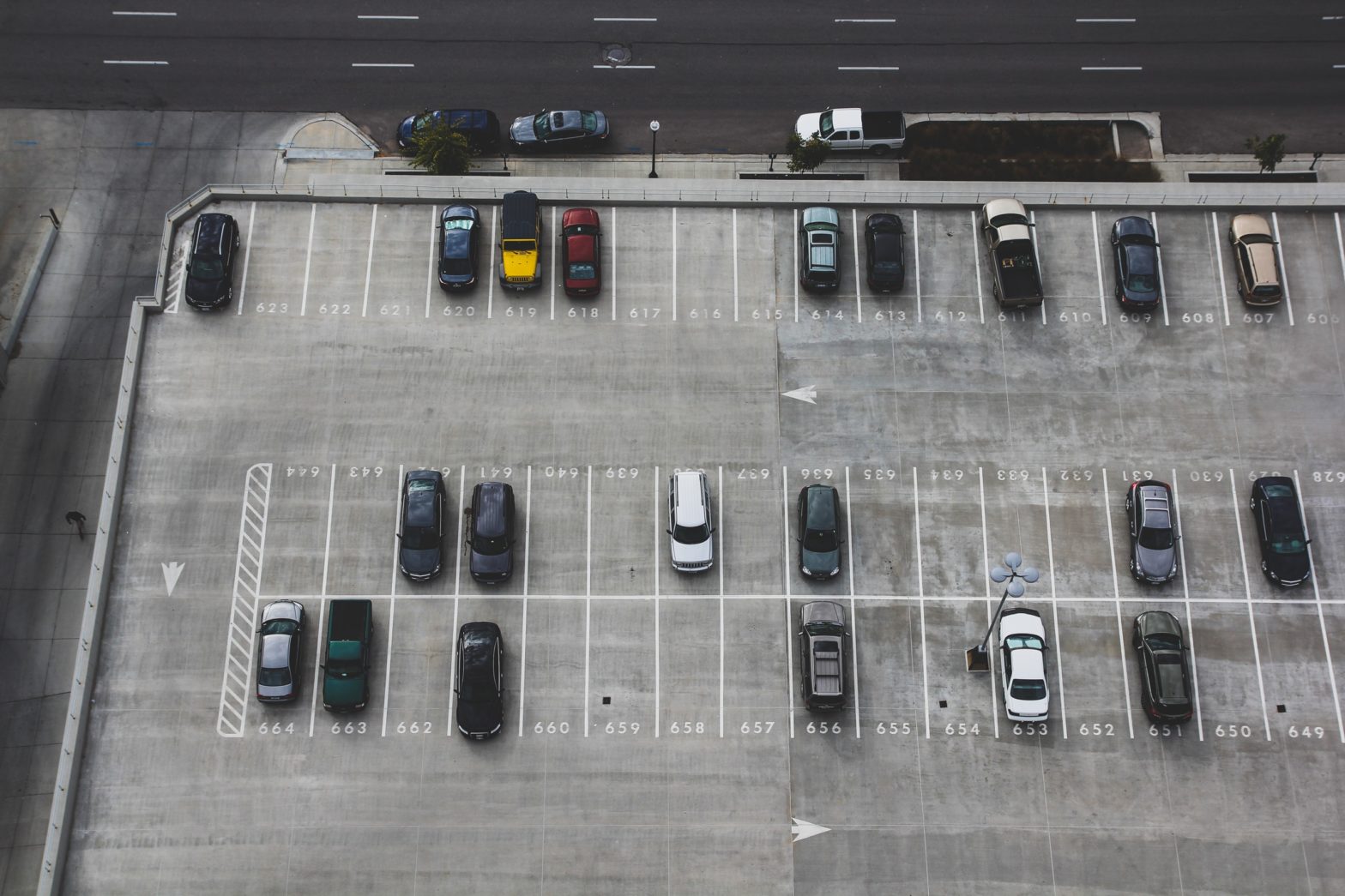
Photo: 51516796_2f87f98eee_o
Innovating for Smarter Cities in India
13 November 2015
Bangalore, India: Sheena looked at her watch in desperation. It was 9.30am–she had left home close to an hour ago, and yet had travelled only half the distance to get to her office, located some eight kilometres away. Worse still, in the last half hour, the car she was driving crawled to cover only half a kilometre. She would be late again today, the third time this week. Sheena wondered what her boss in the office would have to say today.
Sheena’s problem is very typical and a common one faced by scores of citizens residing in highly populated urban cities in India, and in many other cities around the world. Regular traffic jams on congested and potholed roads, improper disposal of waste and garbage, inadequate and irregular supply of water, and poor sanitation are among many problems facing today’s citizens living in urban centres. And with millions of people relocating to urban areas in hope of better employment and improved lifestyles, the existing and poorly maintained infrastructure of the city continues to be strained even more.
According to the UN, by 2045, the world’s urban population is expected to surpass six billion–with a large percentage of this increase occurring in India and China. In 2014, India’s urbanisation level had nearly doubled since 1950, reaching 32 percent in 2014. These countries are already facing numerous challenges as a result of their growing urban populations–for housing, infrastructure, transport, energy and employment, as well as for basic services such as education and health care.
In 2014, the UN revealed India’s urban population had reached 410 million and estimated this number to nearly double with an additional 404 million people becoming urban dwellers by 2050. Another report by McKinsey and Co suggests that by 2025, 69 metropolitan cities, each with a population of one million or more, will be home to 78 percent of India’s urban population.
Earlier this year, India’s present government, under the leadership of Prime Minister Narendra Modi, announced an urban development mission–a plan to create 100 ‘smart cities’ across the country. The India Smart Cities Challenge is a competition designed to inspire and support municipal officials as they develop smart proposals to improve residents’ lives–with the goal to create smart cities to attract investment and professionals.
Over the past two decades, IBM has emerged as a significant contributor in driving India’s growth by offering a wide range of domain-specific solutions, ranging from banking, traffic and transport, telecommunications, aviation, education, water, energy, waste management, health, disaster and public safety, among others. IBM has been doing significant work in brown-field and greenfield projects with the cities of Delhi, Bangalore, Pune, Chennai, Ajmer, Surat, Visakhapatnam and Allahabad, among others. The company has even collaborated with private real-estate developers to develop townships and Lodha group’s Pallava city under this initiative.
Keeping freight transport on the move IBM is working with the Delhi-Mumbai Industrial Corridor Development Corporation to create a new transport and urbanisation corridor between the capital city, Delhi, and its business capital, Mumbai. Spanning six states across India, the dedicated freight corridor, which is expected to be completed by 2017, will dramatically reduce transport time between manufacturing plants located in northern India and the port in Mumbai from 14 days to 14 hours.
The project is a major expansion of infrastructure and industry–including smart cities and industrial clusters, along with rail, road, port and air connection –in the states along the route of the corridor. Underpinning this project is the Dighi Industrial City plan. As a contributor to this plan, IBM will provide Intelligent Operations Center software for integrating data and information from all the systems in the port and city so they can be managed efficiently and effectively.
With each of the 24 new cities built along the corridor, all of the data from the infrastructure systems will feed into a central command room, so managers will know immediately what’s happening in the city and can respond quickly when problems arise–or even anticipate them and prevent trouble.
Sensors and intelligent meters for equitable water supply India’s growing population has given rise to an acute water crisis across most urban areas. Just like California’s Silicon Valley, India’s Silicon Valley, Bangalore, is facing water shortages but of a different kind. As Bangalore’s population boomed as global technology moved into the city, this sudden growth placed additional pressure on the existing infrastructure, causing an inequitable distribution of available water across the city.
In early 2014, Bangalore Water Supply and Sewerage Board (BWSSB), partnered with IBM to create systems for monitoring and managing its complex water distribution systems. The introduction of a command centre and access to real-time monitoring of water supply has since allowed BWSSB engineers to make quick, informed decisions, allowing them to respond to problems faster and minimise waste.
In a similar operation, the Kerala Water Authority (KWA) also implemented IBM technology to analyse, monitor and manage water distribution in the city of Thiruvananthapuram. The data monitored by KWA has helped track water meters across the city based on consumption, ultimately reducing billing anomalies and water wastage.
Building resilient cities for a sustainable future In October 2014, Cyclone Hudhud caused extensive damage to the city of Visakhapatnam and the neighbouring districts of Vizianagaram and Srikakulam of Andhra Pradesh.
Under IBM’s pro bono Smarter Cities Challenge programme, the company sent experts to Vizag to develop an emergency management system and use analytics to uncover trends in city data, such as travel patterns, communications and the impact of weather events. Because citizens use mobile and social technologies as a source of information and way to engage, the collected and analysed data provides cities with new sources of rich insights.
Cities can not only use this data to better understand the big picture, but also spot interdependencies revealing costefficient alternatives and new ways of solving urban challenges.
Creating resilience needs to be part of every city’s short-term and long-term planning. Resilience is vital because urban disasters are going to affect growing numbers of people. As urbanization continues to intensify in India, cities need to have more control over the development and their basic infrastructure.
Cities also need to take steps to promote neighbourhood and community organisations. When people know their neighbours, they will check on elderly residents who might be incapacitated by heatwaves or severe freezes. Such actions can make a significant difference in survival.
The IBM Smarter City vision to protect citizens and plan for the future, city leaders must leverage the right technologies to lead with vision and insight. Whether calculating future water needs, responding to a natural disaster or improving transport systems, the right data delivered in the right context at the right time is essential.
The transformative potential of new technologies can also serve as a catalyst to improve government municipal services, as well as India’s education, social programmes and health care services. But to realise this opportunity, India’s leaders must continue to address the ongoing challenges of the digital era, creating secure digital networks, safeguarding the privacy of citizens and organisations, setting appropriate standards and establishing a suitable regulatory environment.
Becoming a smarter city is a journey, and India’s cities continue to face complicated challenges. As many regions lack the resources to keep pace with rapid population growth, while delivering services that citizens and businesses demand, invention and innovation will be the key.
About IBM Smarter Cities
IBM has worked on more than 2,500 Smarter Cities projects around the world, with cities of all sizes, to solve problems ranging from traffic congestion and air pollution, supply and access to water, enhanced surveillance systems to reduce crime, energy conservation and better access to health care and education.











